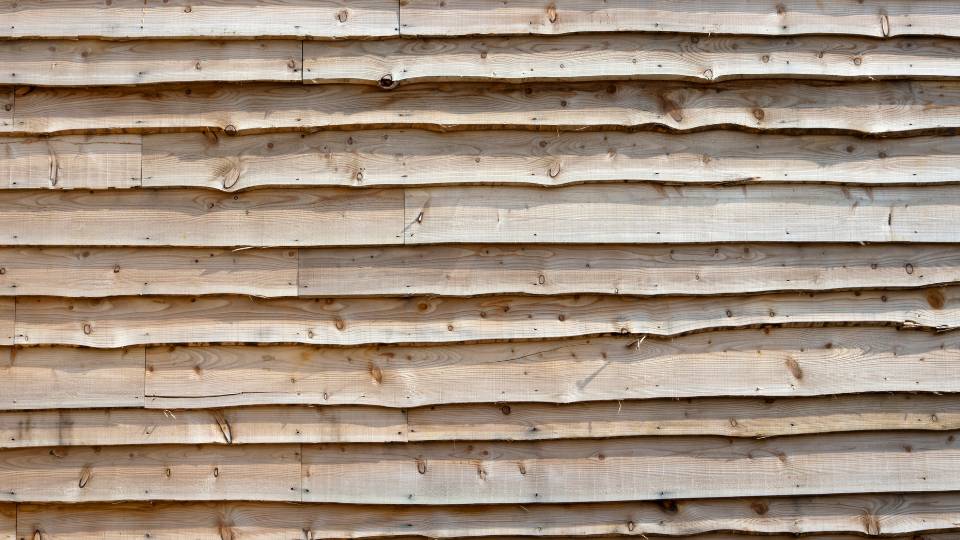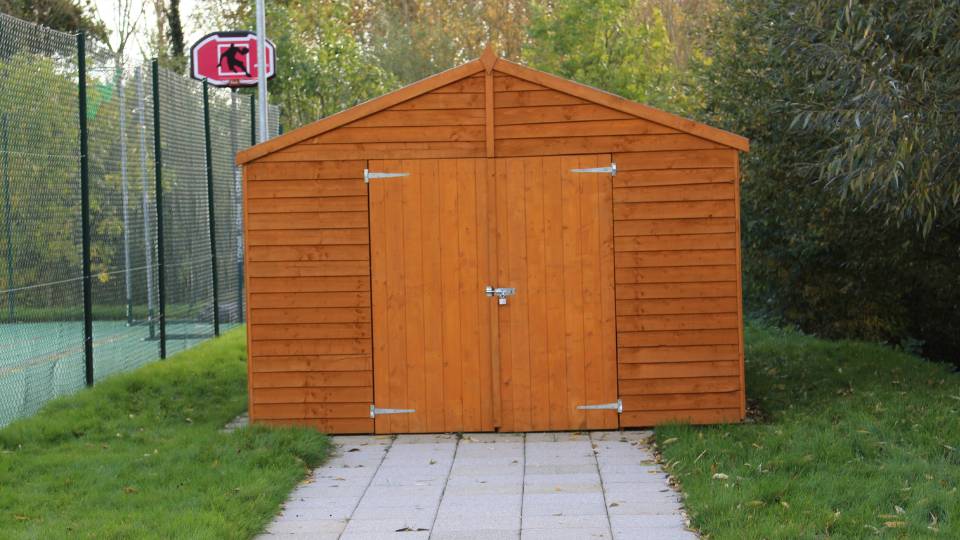In this shed purchase guide we have outlined key considerations, information and advice to help you make the best choice;
Location
Essentially you are going to need regular access to the entrance for loading/unloading tools and equipment, plus surrounding space for erection and maintenance.
The larger the shed, the more useful it will be. Don’t buy a small shed just because it is the cheapest option. Look at your storage needs – better to buy a larger shed in the first place than have to replace it later.
Consider the maximum height available and likely growth of trees and shrubs in the area. Where possible, a sheltered site with less exposure to high winds and storms is preferable.
For limited space you could consider a tool store (see sheds page for more info). To help get the children interested in the garden you could consider a children’s playhouse.
Planning permission
Garden sheds are generally allowed under planning legislation, but must not exceed 50 per cent of the garden space in area.
In conservation areas they will require planning permission if they exceed 10m3 in volume. A flat roof shed should not exceed 3m in height and a ridged roof 4m.
Storage sheds are seldom permitted in front gardens. They should be sited at least 20m from the highway.
It is worth checking with your Local Authority in case of size limitations or permissions required for garden buildings in your area. Building regulations will not normally apply.
More information can be found at planningportal.gov.uk/permission/commonprojects/outbuildings
Neighbours
If you intend placing the shed close to a boundary fence then you may require access from your neighbours’ garden/s during construction.
Giving them consideration at the planning stage avoids any potential for objections after the shed is erected.
Electricity
If you plan to use your shed for anything other than basic storage, it may be worth fitting a mains electricity connection to provide you with light and possibly heat.
Consider the route of cables through the garden. Pathways are ideal – you’ll always know where the cables are, and you’re not going to put a spade through them by accident.
Preparations
Most timber sheds will need to rest on a prepared paved base, although it may be useful to consider raising the base on brick battens (engineering brick is particularly good).
This will prolong the life of the floor timbers by keeping them away from damp ground. Some even rest on a steel base.
Depending on the lay out of your garden and how frequently you will need to access your shed, it may be worth considering laying more paving, pathways or work areas.
Featheredge or Shiplap?
Essentially the difference is in the wall construction;

Featheredge (also known as Overlap)
- Less preparation required of materials during manufacture
- Cost effective
- Rustic appearance
Featheredge is a traditional method of wall cladding for small wooden buildings, like small garden sheds or summer houses. Each board has square cut edges and overlaps the adjacent edge of the next board.
The boards are then nailed to vertical bearers. This is an economical method of manufacture as the boards need minimal preparation.

Shiplap (also known as Tongue and Groove)
- Components are precisely machined and fit securely for a more rigid, weather proof, strong construction with no gaps
- Finished building has a smooth, attractive and quality finish
A superior construction method for garden building walls. Each piece of cladding interlocks with the next using a tongue and groove profile, making the structure more rigid, with less gaps and a smooth finish.
The interlocking profile of the components prevents distortion due to temperature and humidity. Size for size, the benefits of using tongue and groove construction outweigh the small additional cost for your external garden building.
Roof Styles
The three most common types of roof are Apex, Pent and Flat.
They all do the same job of protecting the contents inside the shed from water log and your choice may be effected by available height on your intended site, whether you intend storing tall items inside and how the shed looks in your garden.
Security
Adequate security should be considered in line with the value of the items stored within your shed. Remember that most household insurance policies will not cover equipment stored in a garden shed as most locks can be easily removed or broken.
If there’s easy access to the garden it is wise not to store good quality tools or expensive equipment.
- Location – If possible, locate your shed so you can clearly see the door and window while you are still within your home
- Locks – Use a good quality padlock/hasp or mortice lock on the door. If using a hasp, ensure the screws are covered and cannot be accessed by a screwdriver or use non returnable security screws or coach bolts. A closed shackle padlock is less easy to access and cut with a bolt cutter
- Windows – Deter window shopping by placing a screen, net curtain or even a bin bag over the inside of the window. Perspex or laminated glass will offer good protection
- Lighting – Cover the shed with a PIR security light. Thieves do not like to be seen, a light suddenly coming on is a good deterrent
- Alarms – If you have a house alarm, consider extending it to cover your shed. You can also get single stand alone alarms specifically designed for sheds
- Valuables – Use a ground or wall anchor to secure your bike or other valuables in the shed. Lock valuables together to prevent them being easily removed. Visibly and permanently mark your property. It helps identify it as yours and is less desirable for a thief

